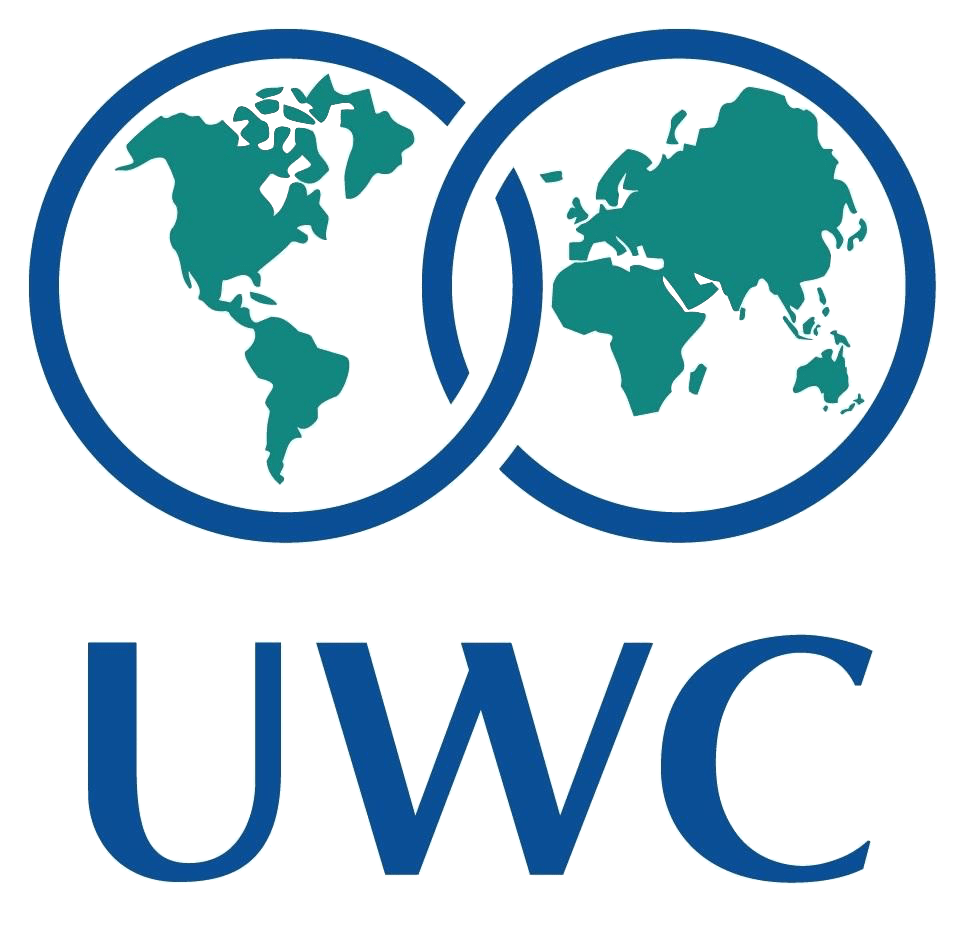Because it is the October break right now and I have a lot of free time, I have decided to make this a written reflection.
It has now been 4 weeks as chair of the Leaders of Environmental Initiatives, and I feel like the way that I approach my leadership position has developed and changed quite a lot. So far, most of our meetings have been about setting goals for the year. This has involved goals for the whole group as well as goals for the 3 sub-groups: Permaculture, Conservation, and Conscious Consumption. In this, I was involved in making sure attention was paid to all 4 separate goal-setting processes and that we meet the deadline for submitting our goals to the chair of the whole SSD exec. As the chair, I am not part of any of the sub-groups, so I helped in ensuring that the different sub-groups goals do not overlap too much or conflict. If people were struggling, I would also suggest ideas, or evaluate how realistic a goal is – to do this I could draw on my experience as vice-chair last year. Eventually, we managed to make a cohesive set of goals. All of this made me feel more confident that my creativity and focus on realistic ideas will help me initiate other plans in Leaders of EI.
This goal-setting was on-going, but we had other tasks every week too, most of which were listed in the Meeting Minutes. My relationship with it has been challenged already. At the beginning of the year, I would try to have a very rigid plan for each session, giving a timeline of what would be discussed and done throughout the session, and would get quite annoyed if that was broken, for example by things taking longer than expected, or new ideas being brought up. However, due to how much the teacher facilitator talks a lot about things she has seen or discussions going off tangent, no session ever followed my careful plan. What this has taught me is that I can’t realistically plan out the whole session, and that that isn’t even what my role is. My role as the chair of the service should not be to tell other group members what to do, but rather to help them stay cohesive and effective in what they want to do.
Therefore I have decided that moving forward, I would make more loose plans that have empty “blocks” for whatever pops up that week, and focus on facilitating what the group wants to do by sharing resources and making sure everyone’s on the same page. This may not sound very “Learning Outcome 3” as I am doing less planning, but I feel that I am actually deepening my understanding of initiating and planning a service activity by adapting to the group’s culture and aims more, and being more aware of what my role should be in the group. I am also developing LO3 by suggesting new resources to the group, such as Jamboard, which is an online whiteboard.
Here is last session’s minutes table – I have annotated it showing how I have started to implement some of my learning.
Another thing that the Meeting Minutes challenge has taught me is how I should collaborate more with my team members. This is because an obvious result of not imposing my plan on the group is listening more to their ideas. I have realised that they tend to know far more about social media campaigns and Singapore-based initiatives than I do, and so collaborating with them means that the group has access to a wider range of knowledge. I believe we already have quite a relaxed environment in which people feel free to share their knowledge, but perhaps we can work on making it even more so. Maybe we can have a brainstorming session in which we all list down any unique knowledge and skills we have, and how we could use them to further the group’s goals.
I had never expected that something as simple as a weekly meeting plan would teach me so much, but I am very glad it did. I look forward to where my year with the Leaders of EI takes me next.





